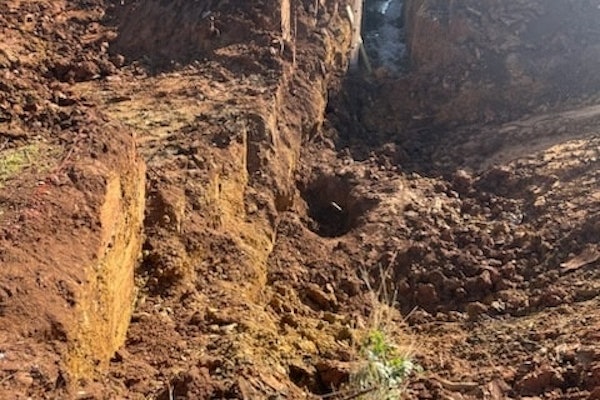The massive gap between current federal investment levels and what the U.S. Department of Transportation says is needed to maintain and improve America’s highway and transit systems cannot be closed without boosting current user fees and significantly expanding the use of innovative financing methods, the American Road & Transportation Builders Association (ARTBA) told the House Highways & Transit Subcommittee at an April 14 hearing.
Accomplishing the goal of a more efficient 21st century surface transportation network will require a multi-modal strategy that includes new capacity, programmatic improvements, and a wide array of funding options. “There is no silver bullet or single solution to the nation’s transportation challenges,” ARTBA said.
ARTBA told the subcommittee the imposition of motor fuel excises at the federal, state, and local levels should continue to serve as the primary funding mechanism for highway and bridge improvement programs. The association cited the findings of two commissions created under the 2005 highway/transit law — known as SAFETEA-LU — which found increasing the traditional user fees in the near-term and transitioning to another user fee mechanism within 10 to 15 years were the most viable solutions.
Recognizing the nation’s enormous infrastructure needs, the association also said “non-traditional” funding mechanisms must be considered when appropriate to supplement core federal programs, including expanded use of toll highways and bridges, public-private partnerships (P3s), creation of other financing mechanisms like infrastructure banks and revolving loan funds, and bond financing for capacity enhancing surface transportation infrastructure projects.
ARTBA reiterated its support for providing states with toll financing options such as congestion pricing, high occupancy toll lanes and truck only lanes, if the revenue generated is used exclusively for transportation capital improvements. States should be able to use appropriately structured toll systems on existing portions of the Interstate Highway System. Debt financing is also a viable funding source for long-term capital improvements to complement the core highway and transit programs, ARTBA said.
The association cautioned that innovative financing methods should not be advanced for the purposed of reducing existing levels of highway user taxes, avoiding necessary increases in highway user fees, or diverting highway user generated revenue to non-highway uses.
“As this subcommittee continues its efforts to produce a multi-year reauthorization of the federal surface transportation program, we urge you to support policies that will promote P3s as a complement to robust core federal investment in highway and public transportation improvements,” ARTBA said.
The statement concluded, “It is important the goal of protecting the public interest in P3s not erect barriers that serve as an impediment to these non-traditional endeavors. ARTBA is convinced that the goals of an open and responsive process for P3s can be achieved in a manner that will not serve as a deterrent to these initiatives at a time when the nation needs every available option to address its transportation challenges.”
A copy of ARTBA’s complete statement is available under the “government affairs” section of https://www.artba.org/.










